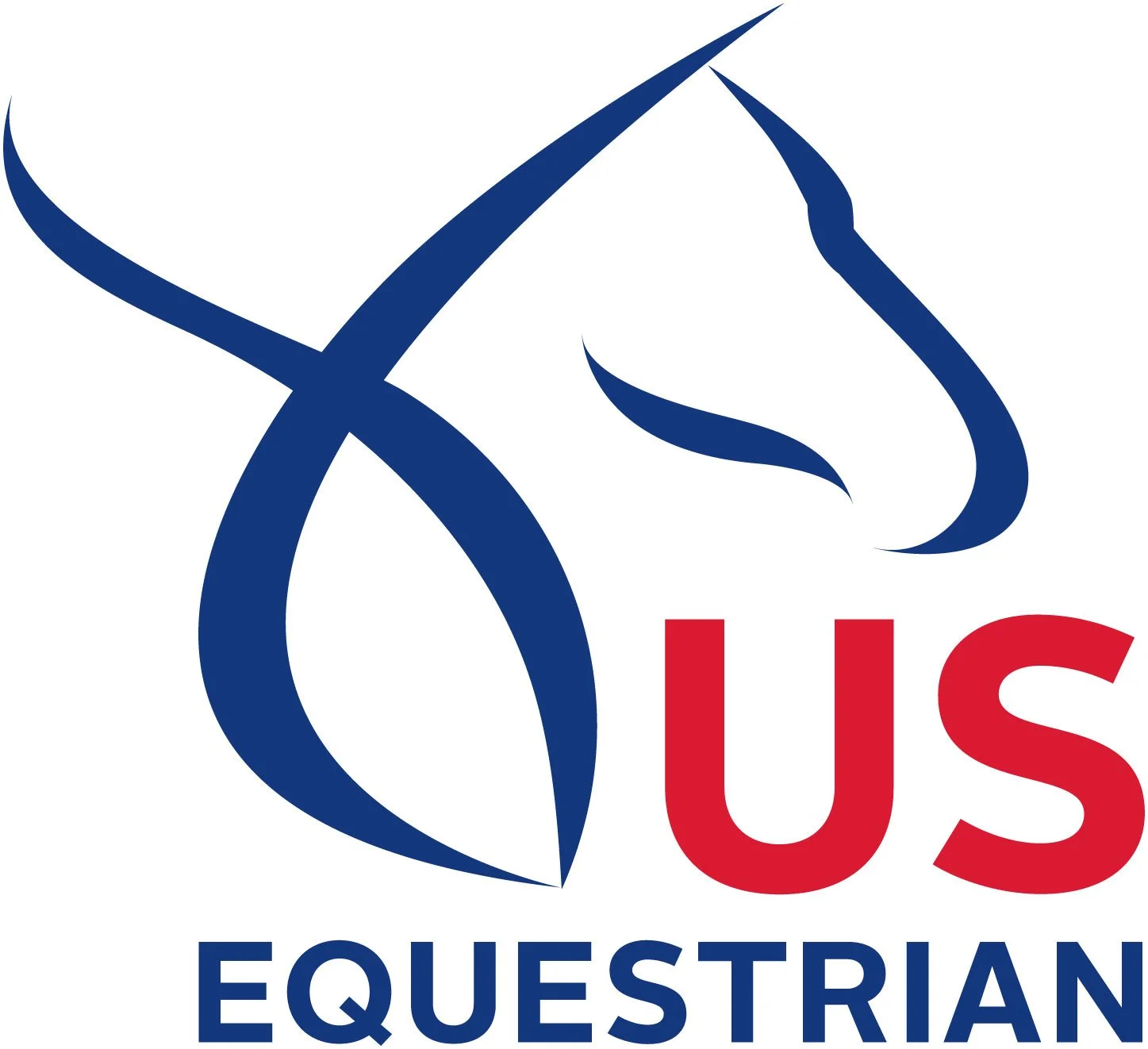FAQ
What is True Texas Equine
True Texas Equine is a premier hunter, jumper, and equitation horse resource for riders of all ages and skill levels. We strive to find each horse and rider their perfect match while maintaining a hassle-free buying process.
Does True Texas Equine sell horses?
We work with top breeders and private sellers around the world to find the strongest, healthiest horses possible - and then facilitate the buying and selling process to help ensure the right horse is paired with the right rider. Through a perfectly transparent relationship-driven process, we guide buyers and sellers through assessments, documentation, transportation, veterinary processes, and more.
How much should I expect to pay for a horse?
There are lots of factors that contribute to the price of a horse-including its breeding, age, overall health, scope (the height it can jump), discipline (hunter, equitation, jumper), show experience, and prior success. Even an aging horse with a solid show record can sell in the six figures. Using that as a midpoint, one might expect to pay $75,000-125.000+ for a younger horse (7-8 years old) with a clean vetting and show record (depending on their scope and their potential to succeed). A top-shelf equitation horse with the potential to win a national medal final could sell for $250,000 or more. In general, one can find an athletically “average” horse for $50.000-100,000.
Have a certain price range in mind? Reach out to us and we would love to see what we can work out!
How does the process work?
Typically, our clients or their trainers will contact us with an unbiased assessment of the rider’s ability along with their discipline, goals for the next one-to-two years, and budget. Based on that information, we will begin our search. Since it’s not an exact science, it can take some time-even several months or more-to find an appropriate match.
We typically have at least 2 horses for sale based out of Flower Mound, TX. Interested in taking one for a spin? *purchasing/leasing clients only* Reach out to us, let’s set up a time!
Should I involve my trainer in my horse purchase?
ABSOLUTELY! It is essential that your trainer is satisfired with the horse’s abilities and confident that there’s a good fit between horse and rider. It’s worth every penny for their experience with your rider and their expertise with horses.
What does TTE need from me to find the perfect horse?
There’s no such thing as too much information. We love learning about riders and sharing their love of horses. To get started, we simply ask for a realistic assessment of your riding ability-either in the form of a sample video or your trainers evaluation. From there. we want to know your current show record and level, your preferred “type” of ride, and your goals for the next 12-24 months.




